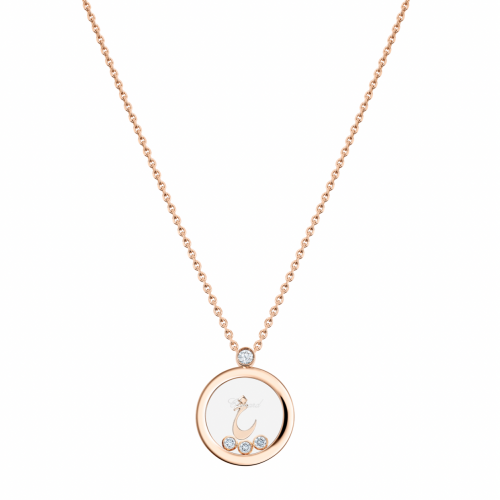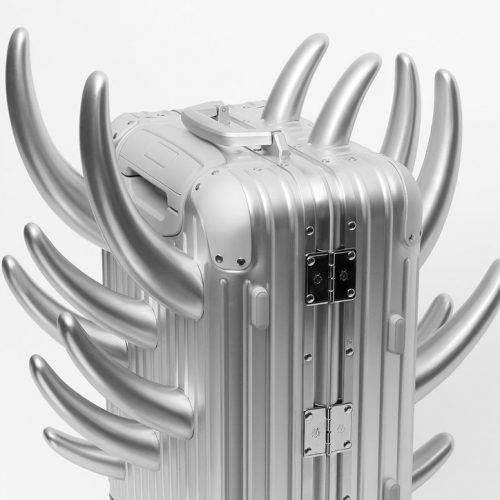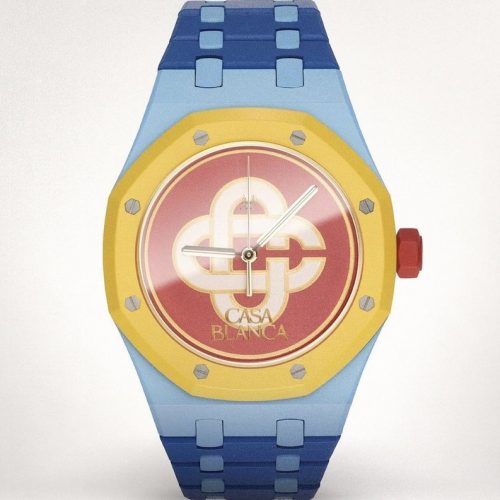If there’s one name to know when it comes to Cartier history, it’s Jeanne Toussaint. The trailblazer, who is the force behind making the panther Cartier’s icon, left a permanent mark on the French jewellery house. So much so, they’re paying tribute to her in the first chapter of a new film series, entitled L’Odysée de Cartier: the Digital Series.
“A woman who revolutionized contemporary jewellery” is how Cartier describes Toussaint in the film. Afterall, what is now Cartier’s most famous symbol, was once Toussaint’s nickname, one that she earned through a reputation that she had built in Paris’s social circles for her wit and determination (and the famed full-length panther-fur coat she always wore).
Fascinated by her, Louis Cartier declared her his muse. And in 1919 he gifted her a black and gold vanity case featuring a panther. This, unbeknown to both of them at the time, would go on to be a symbol synonymous with the house.
It was only a matter of time before Cartier hired Toussaint as the head of their silver department. Within just a few years, she rose up in the ranks, becoming the brand’s Creative Director at their Rue de la Paix studio in 1933 – making her the first woman to ever hold such a position in the jewellery industry.
It was from that point on that the panther’s position within the house was solidified. Toussaint famously designed (along with designer Pierre Lemarchand) the first panther brooch: a piece that would go on to become one of the 20th century’s most iconic accessories.
By 1948, the Duke of Windsor commissioned Toussaint a Panthere brooch as a gift for the Duchess, and the rest is history. The sapphire Panthere brooch followed, and Toussaint was declared a revolutionary when it came to the art of jewellery.
Four decades since her death, Cartier continues to celebrate Toussaint’s legacy. In the next three episodes, the Maison will dive deep into its influences and foundations, with the second chapter exploring the relationship of the house and the UK, the third diving into the influence of Russian, and the fourth covering Louis Cartier’s discovery of Islamic art.









